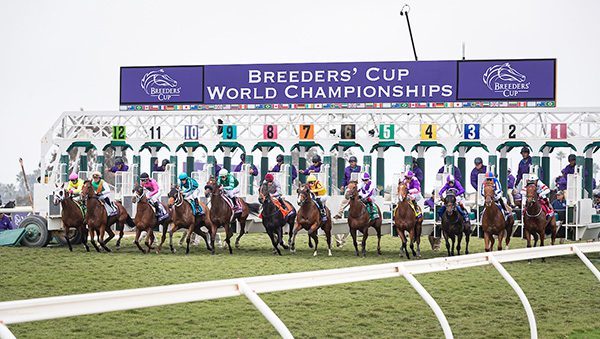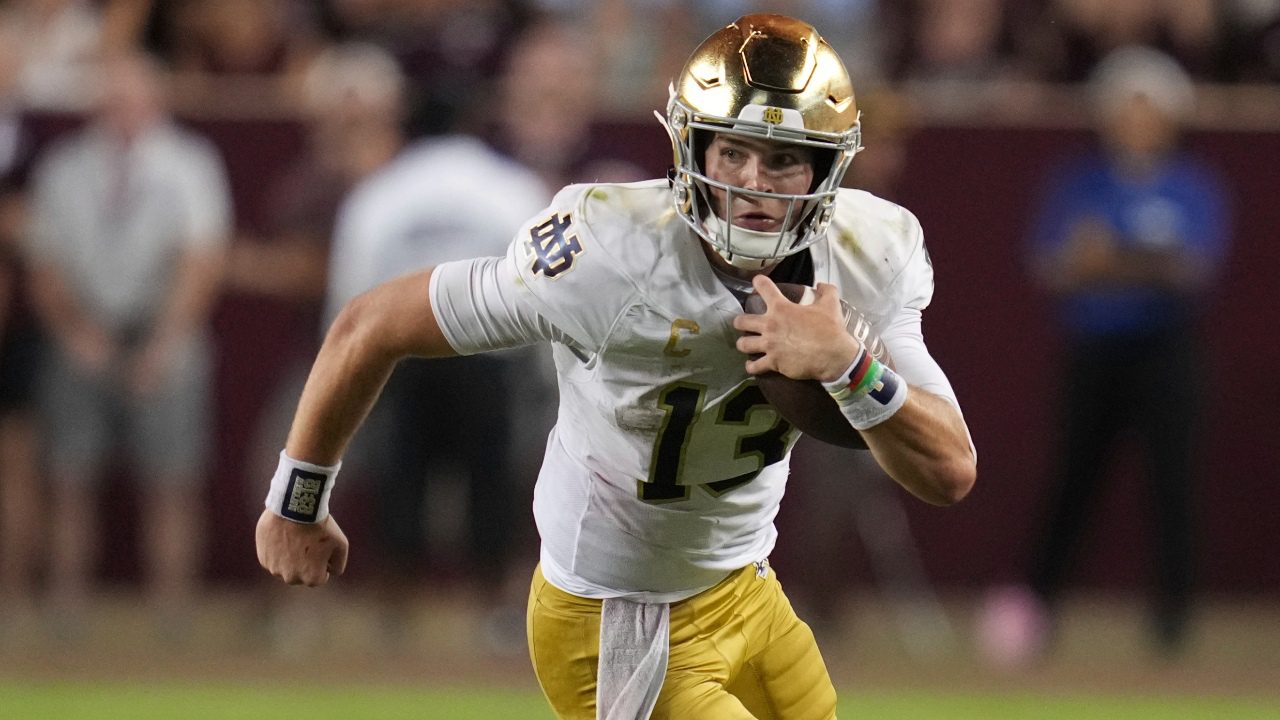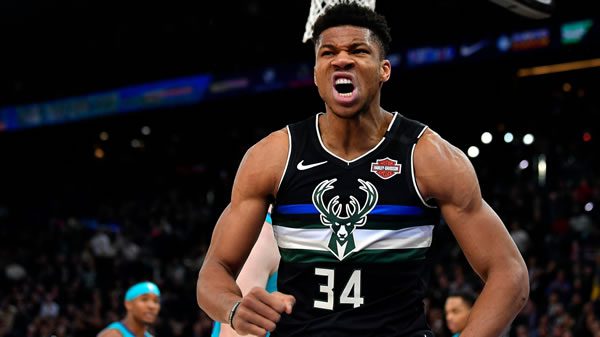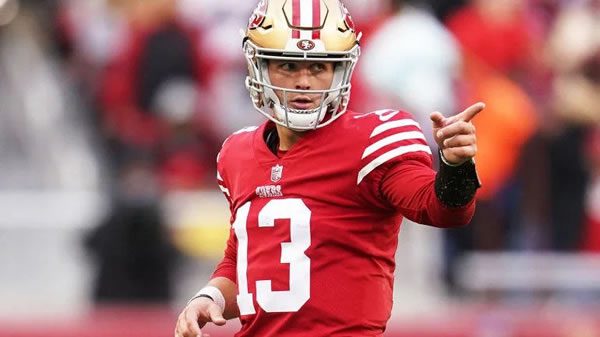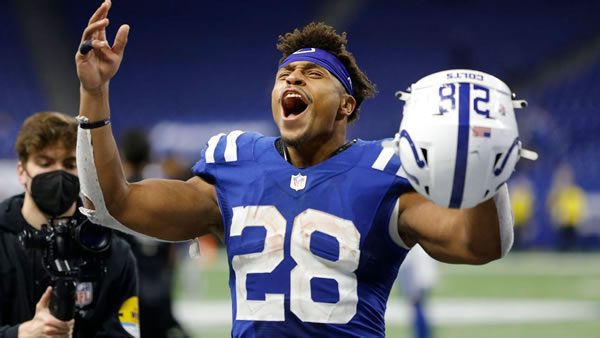Welcome to the Predictem Nascar handicapping section! Listed below you’ll find links, articles, tips and strategies to help you in your quest to beat the bookie. If you happen to know of more useful sites to make this section even better, please drop us an email by clicking the contact us button at the bottom of this page! Thanks and enjoy!
How to Handicap a Nascar Race
by Graham Novak
These days there seems to be more and more interest in wagering on Nascar. As the sport grows out from the south east, online bettors are realizing that not only is Nascar a great spectator sport, but it is a great sport to bet on. Many offshore sportsbooks offer Nascar contest bets including outright winners for the race and qualifying, as well as race and qualifying matchups. Proposition over/under bets such as how many cars will finish on the lead lap, number of cautions, number of caution laps can really make things interesting.
If you are new to betting on Nascar, you’ll need a few things explained. The odds for outright wins in either qualifying
or the race will range from +400 to +1200 for a favorite and +1500 to +4000 or more for a dark horse bet. Over the past few years the odds have tightened up with the bookies spending more time setting the odds for a Nascar race but there is still room to make a quick buck. If you know what’s going on at the race track and what information to pay attention to that weekend, you can make informed decisions and beat the book.
There are a few key pieces of information that you can use to determine the strength of a driver at a certain track. Past performances at that track and tracks like it, practice speeds from that weekend before the race, direct driver quotes from TV and radio coverage, as well as prior test results and qualifying results. Chassis information can be important if the driver is bringing a chassis he has used before and done well with. Some drivers websites will announce what chassis that driver is bringing to the track.
Some tracks like Daytona and Talladega qualifying means very little. Qualifying results not only set the starting order but your qualifying result also dictates when you get to select your pit stall. There’s lots of room on pit road and cars travel around the superspeedways in packs that are drafting together, so what your car can do by itself usually means little compared to what it can do in the draft. As such, practice speeds do not represent anything, as cars ‘catching up’ to the draft usually run a very fast lap.
On super speedways important information to pay attention to is driver quotes from TV and radio. Drivers will tell you exactly what their car is doing in and out of the draft. Listen carefully and sort out all the sponsor mumbo jumbo, but be careful to differentiate between a driver talking good about his car and a driver who is really excited about his car. Emotion plays a big part in interviews.
On the other hand, short tracks like Bristol and Martinsville qualifying plays a huge role. Track position is key at these tracks, they are short and the leaders swallow up the rear of the field and put them a lap down in no-time. The better a car qualifies means it will start up front from the beginning but also get a better pit selection. Nothing is worse then having a decent car, but every time you come into the pits you are losing a few positions cause you are crammed in by other cars, because of a poor pit stall.
Drivers past performances are big at these tracks as well. These tracks are tight, and it takes a lot more skill to get around these tracks in traffic, then it does a bigger track where there is more room to pass.
Practice speeds and average practice speeds mean a lot at tracks like Atlanta, Texas, Pocono and California where there are long green flag runs. The field of cars gets strung out around the race track, and the faster cars come to the front. Know when to grade the driver, and when to grade the equipment. The first practice, some cars are working on race setup, some are working on qualifying setups. You have to listen to the drivers to figure out what they are working on. Second practice and happy hour (third practice), teams are prepping their cars for the race.
Keep these quick tips in mind when wagering on Nascar racing events, and keep padding your pocket book.




